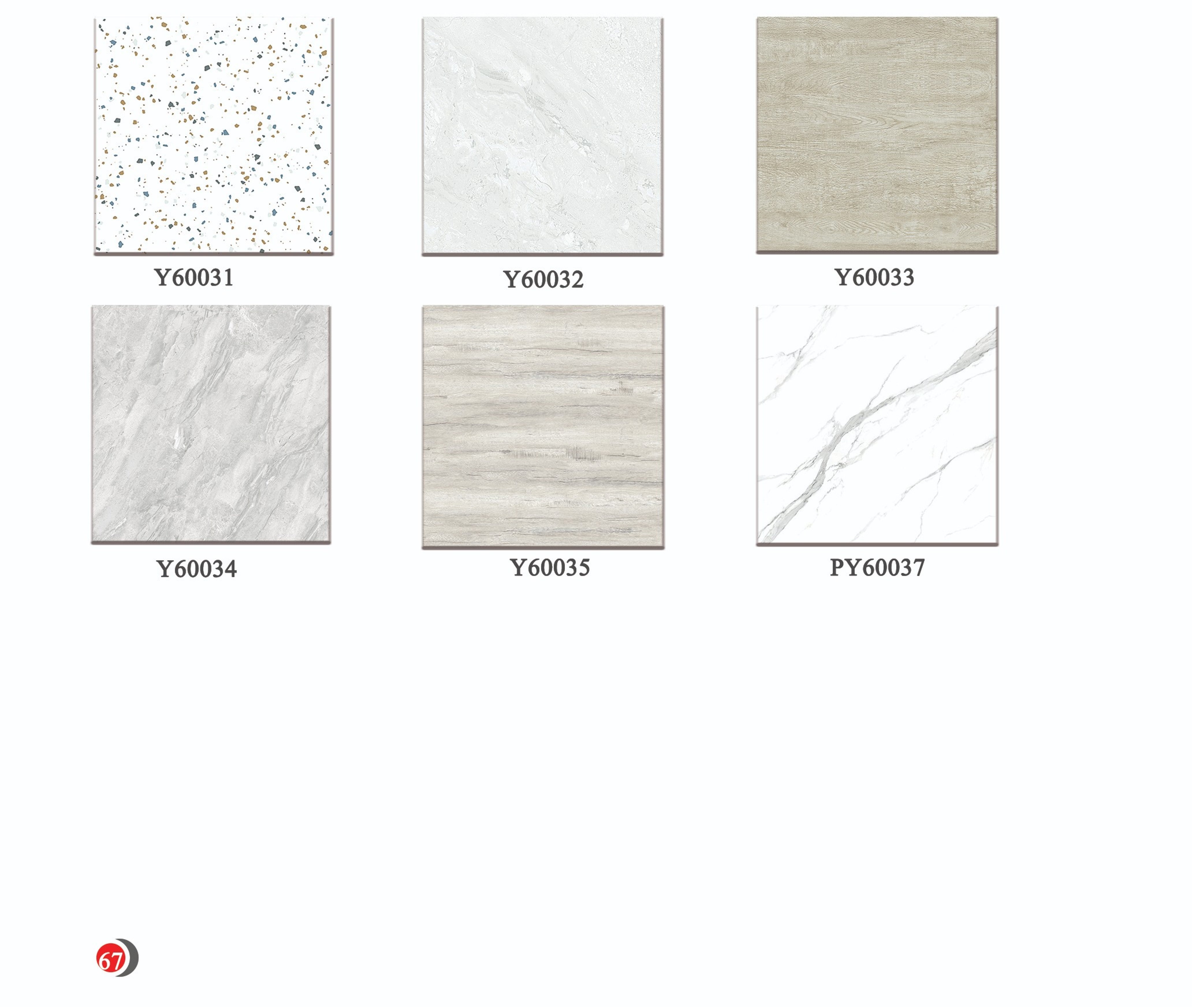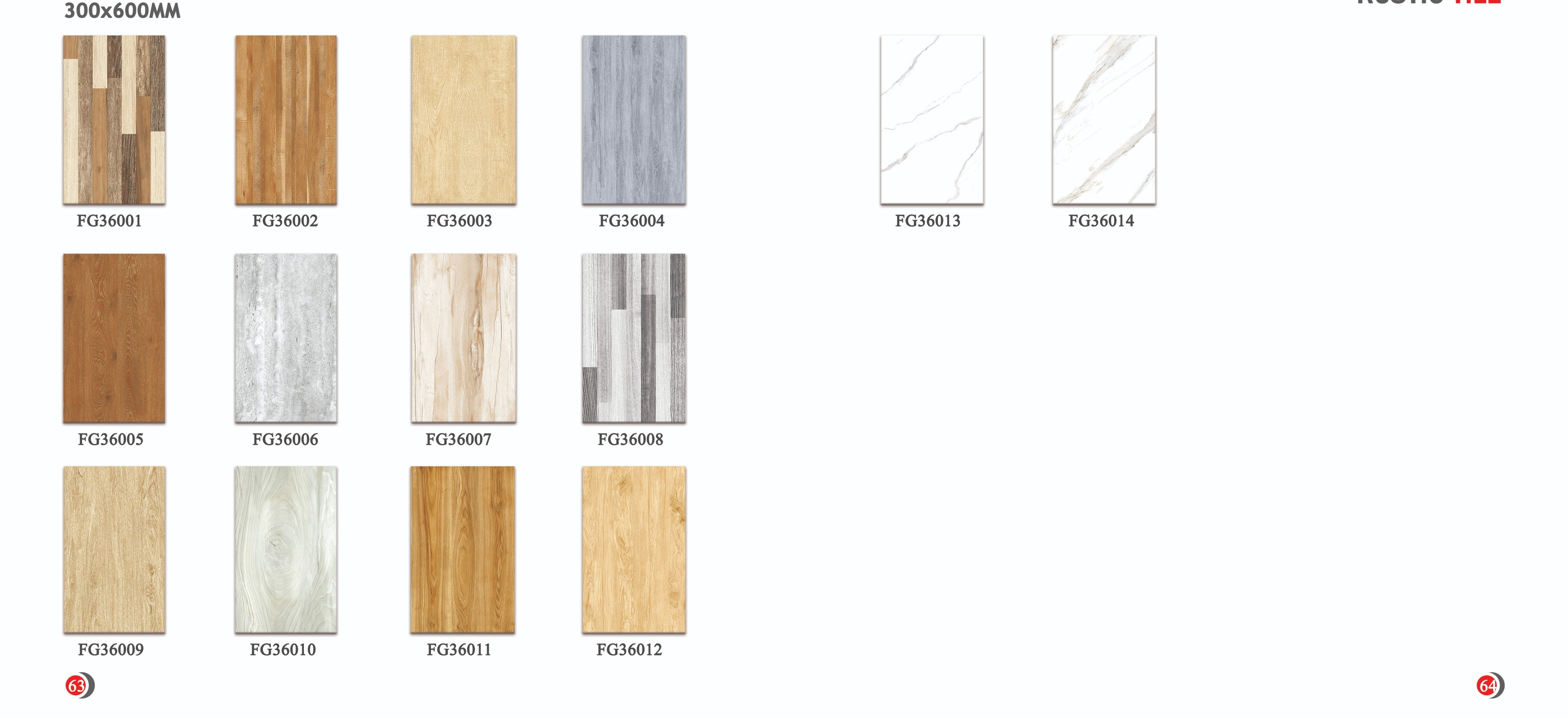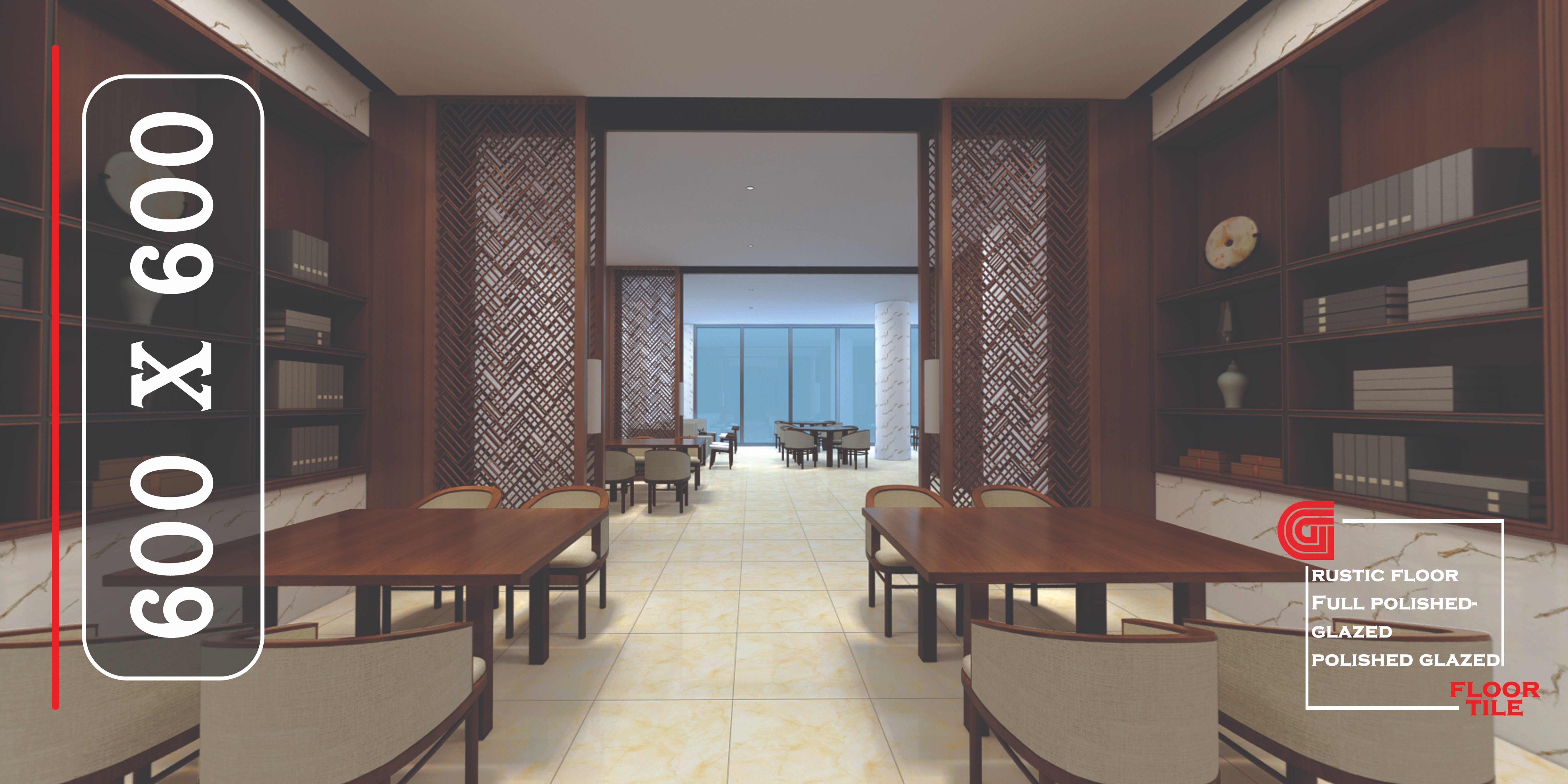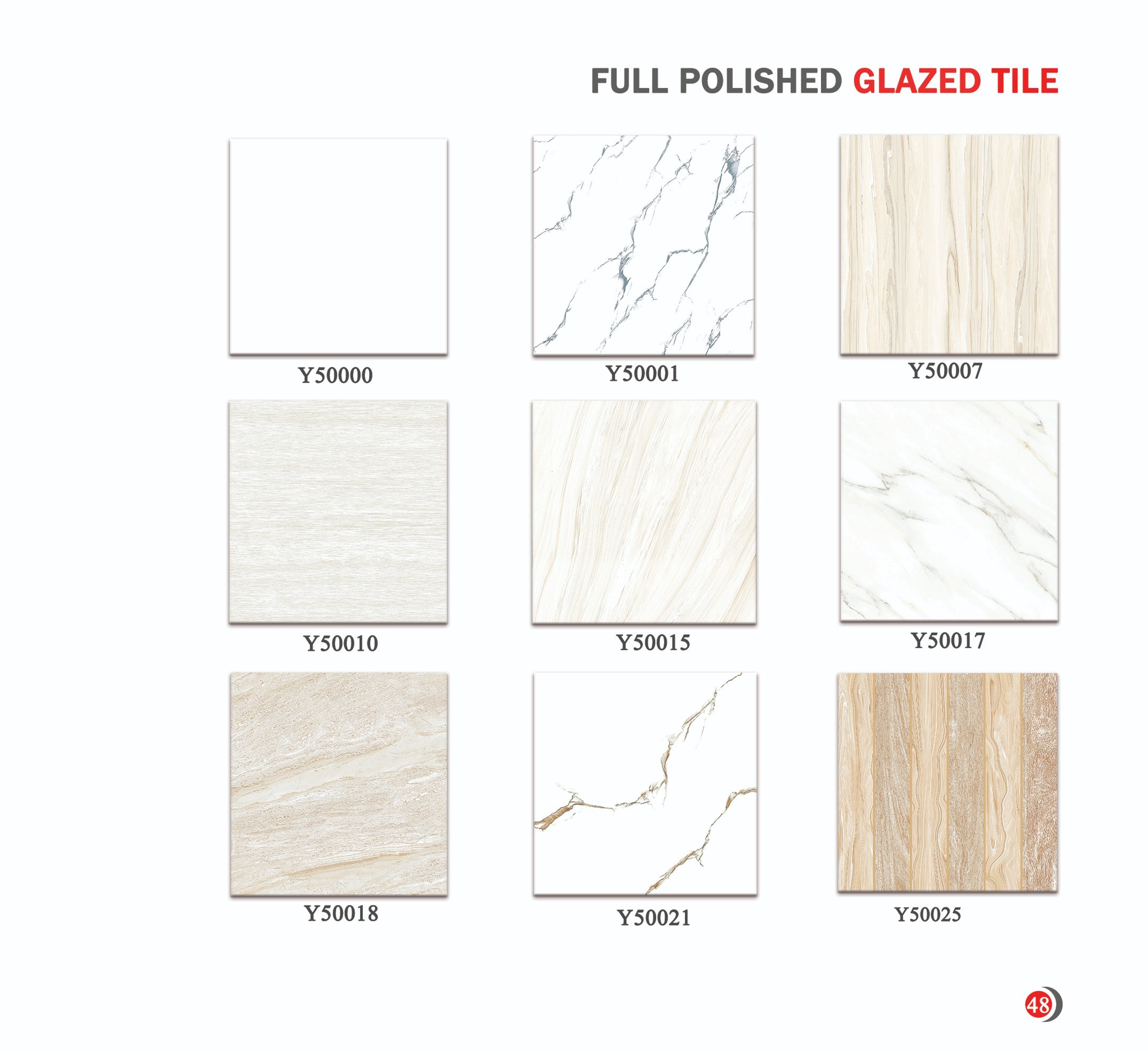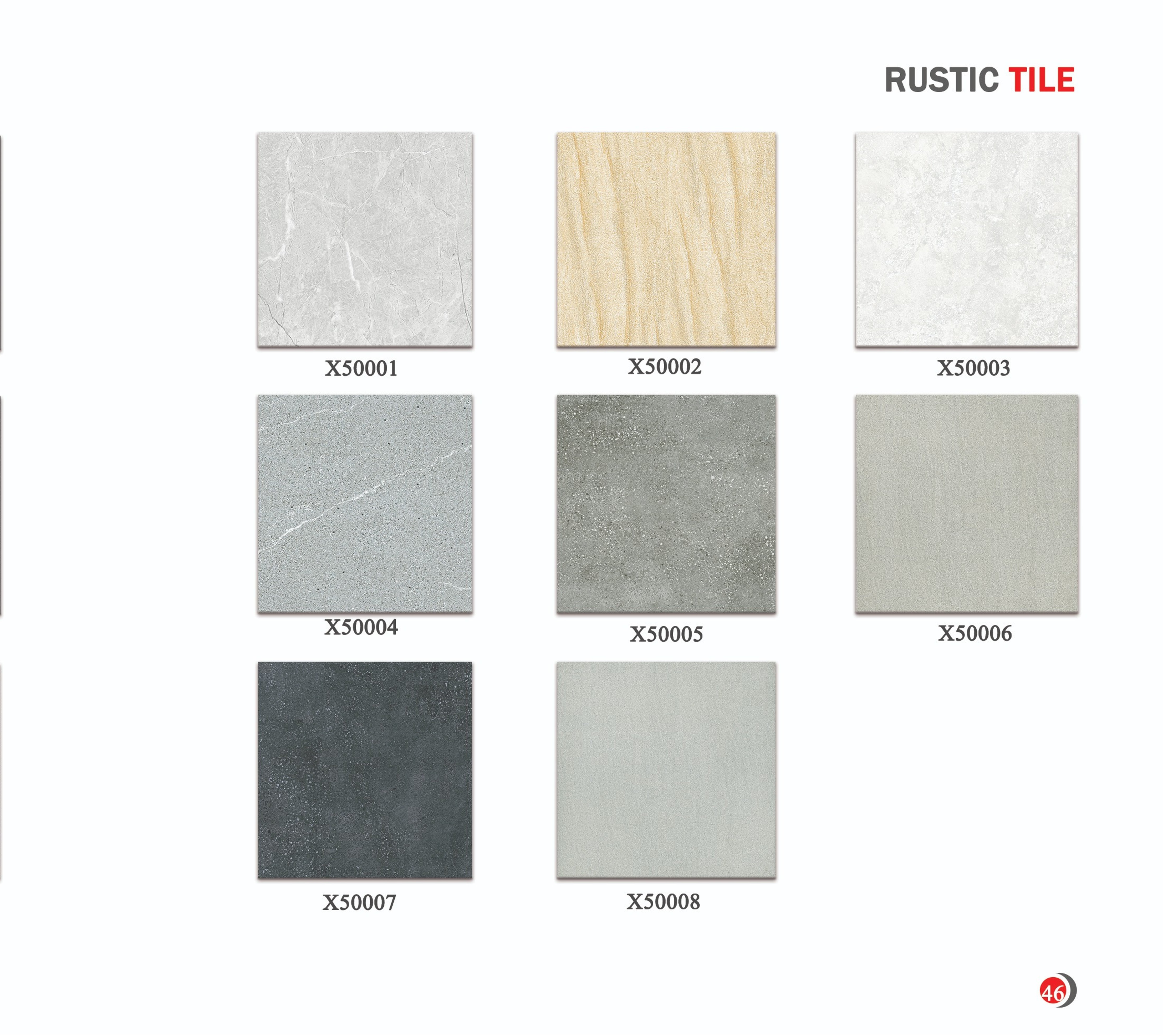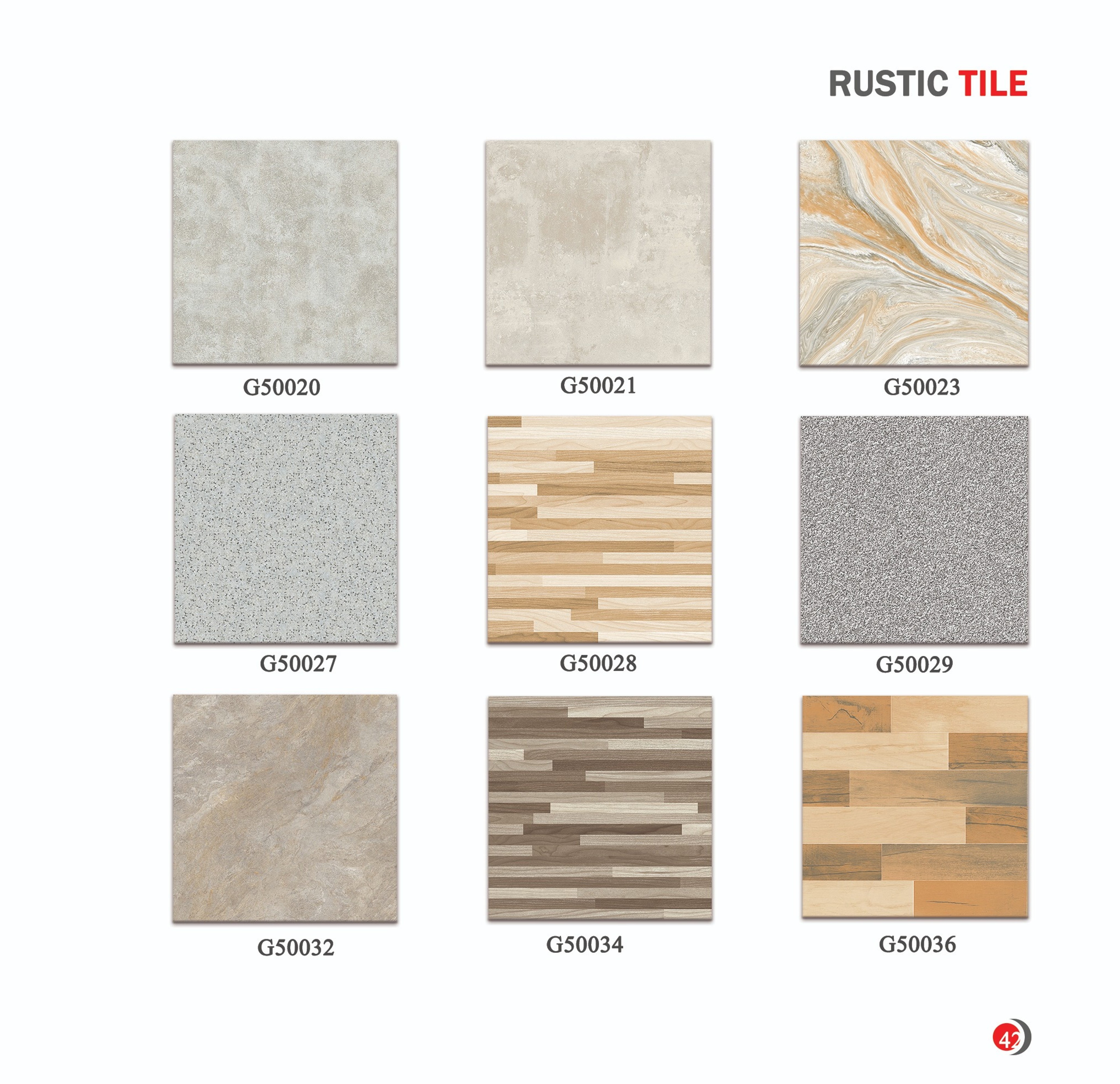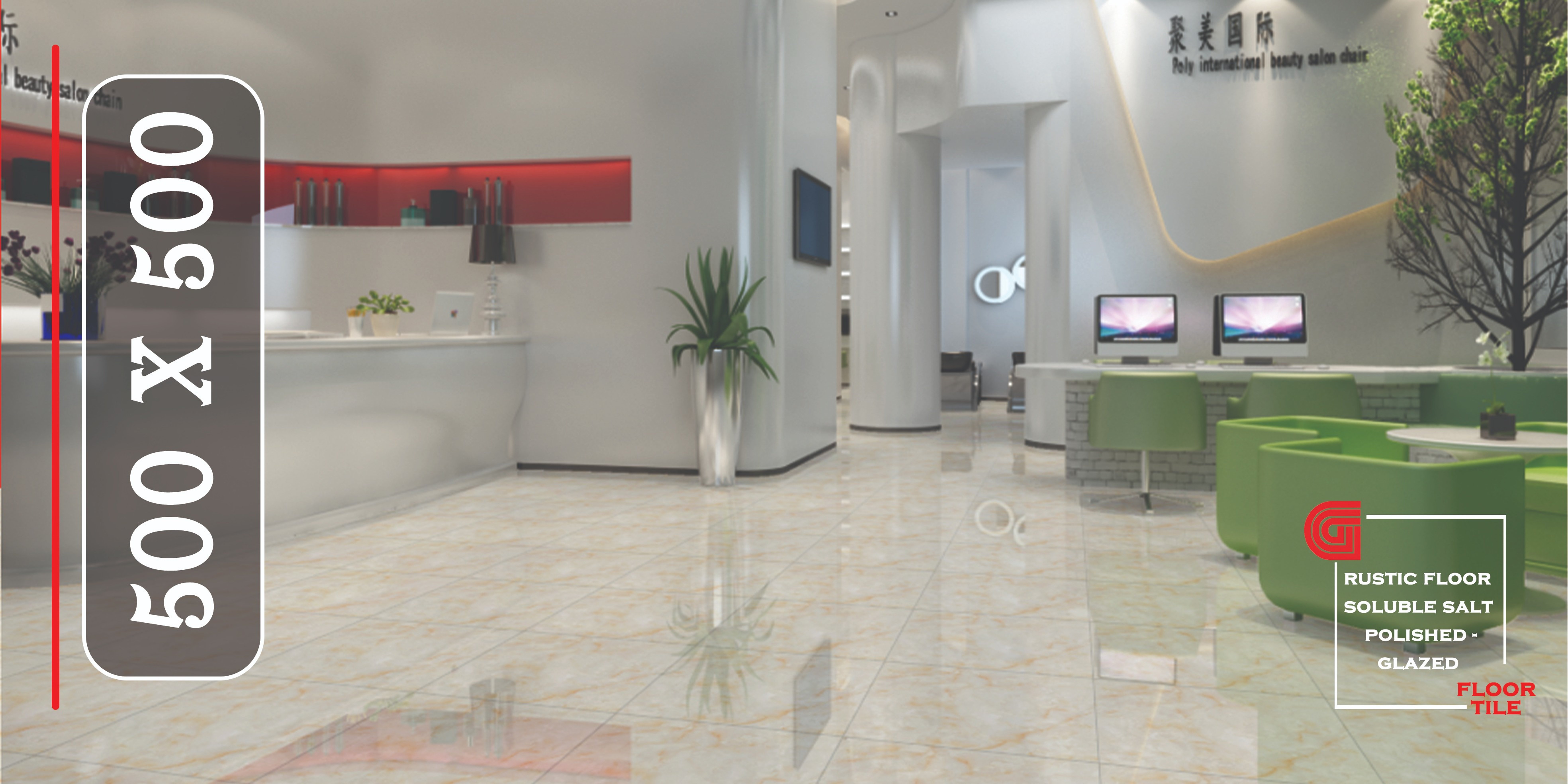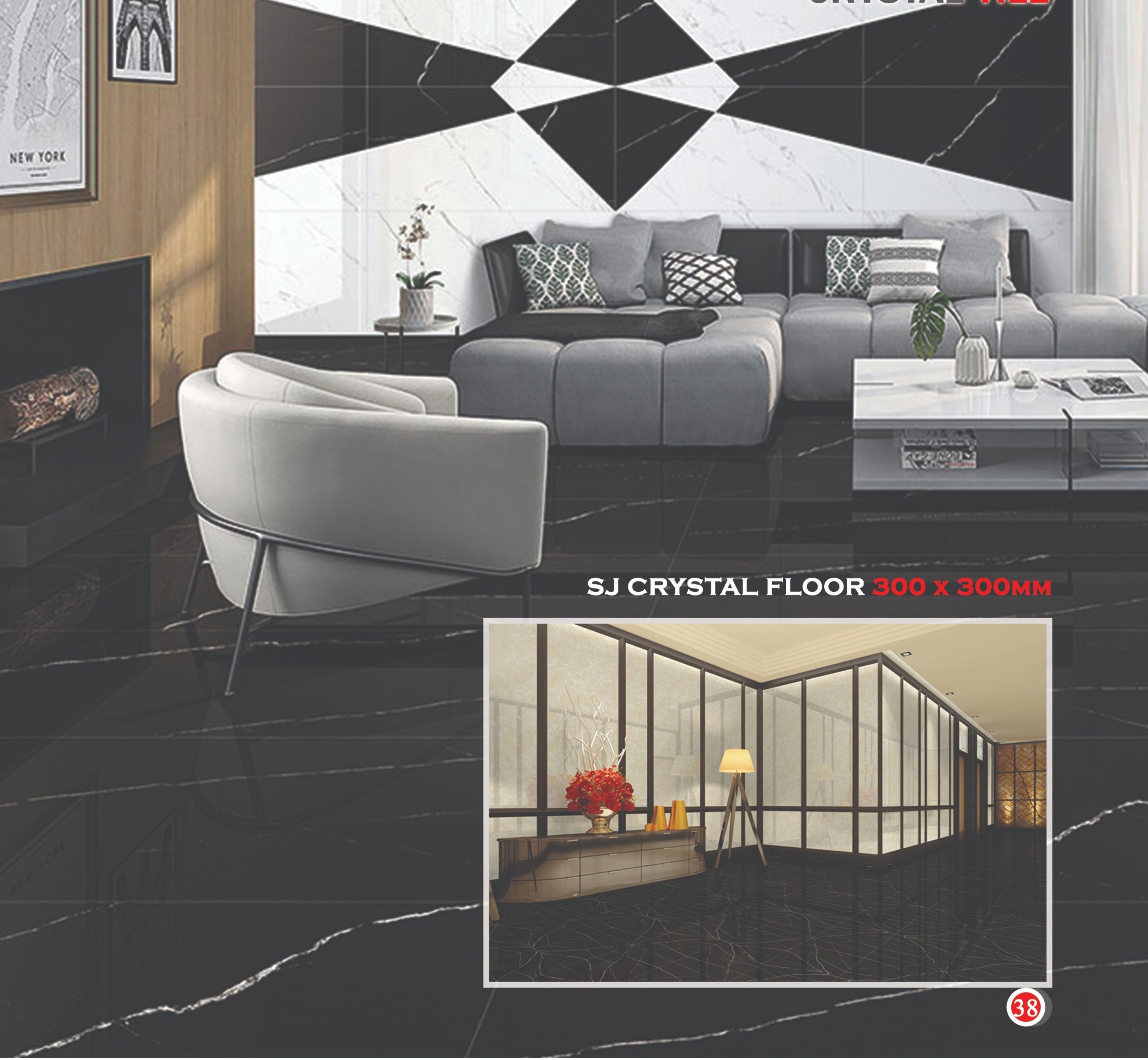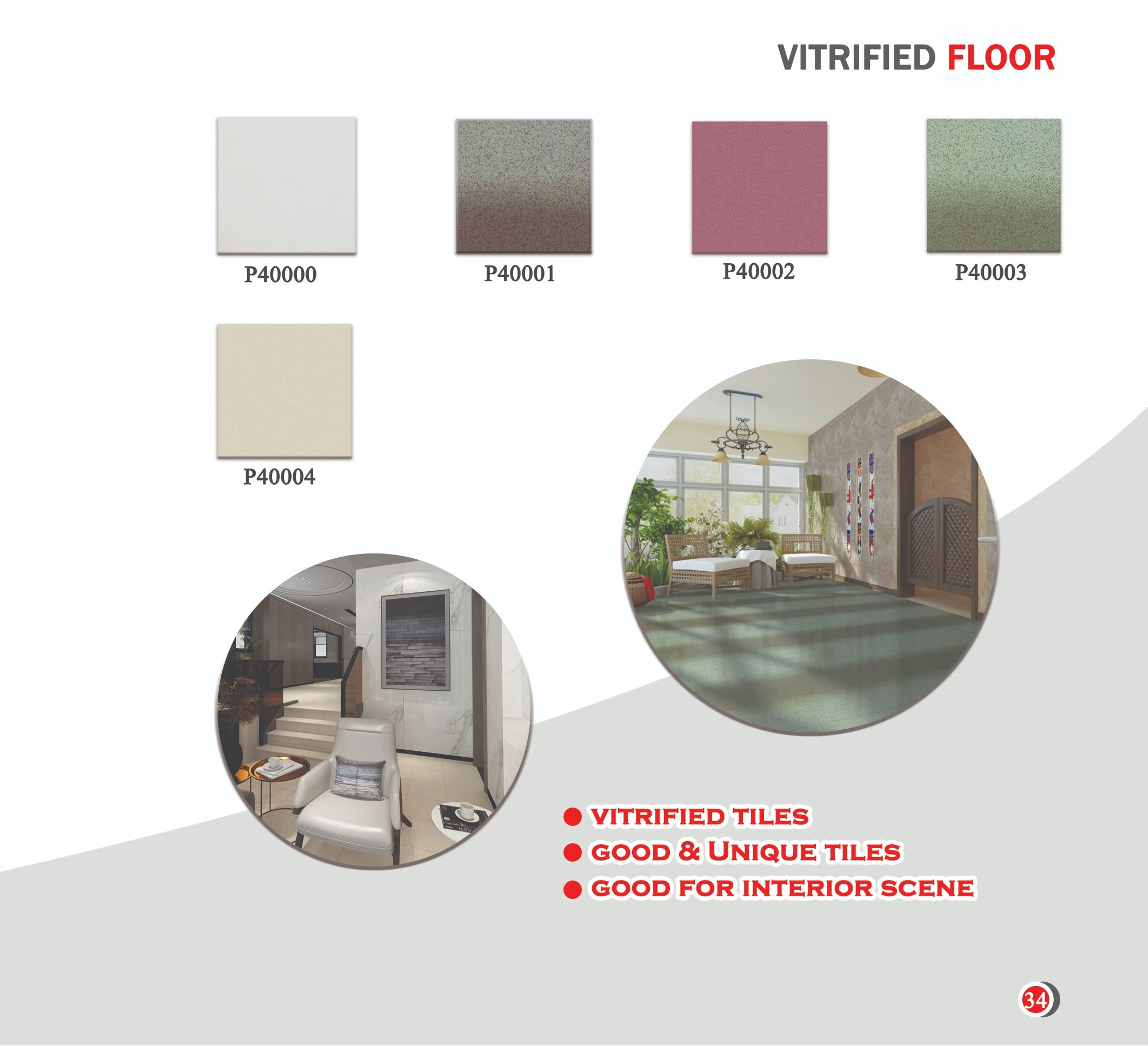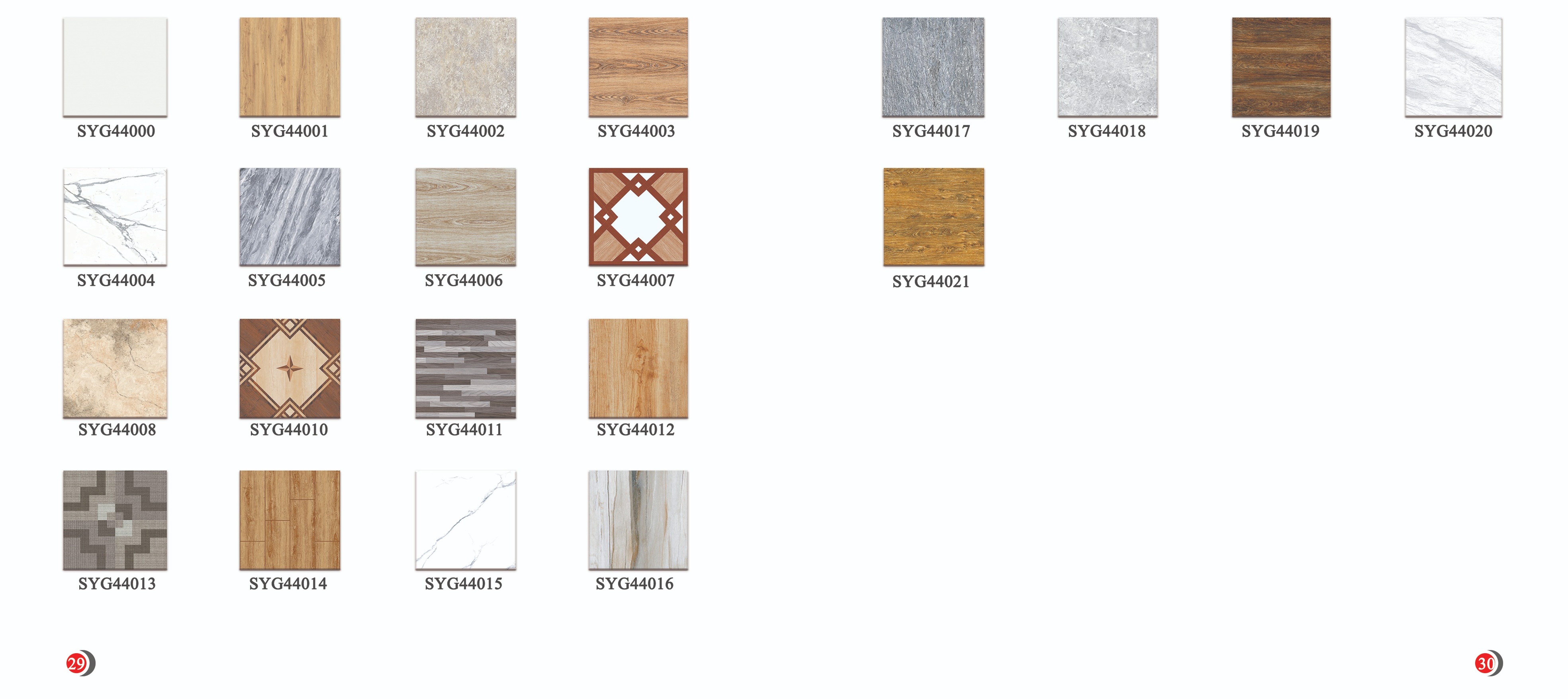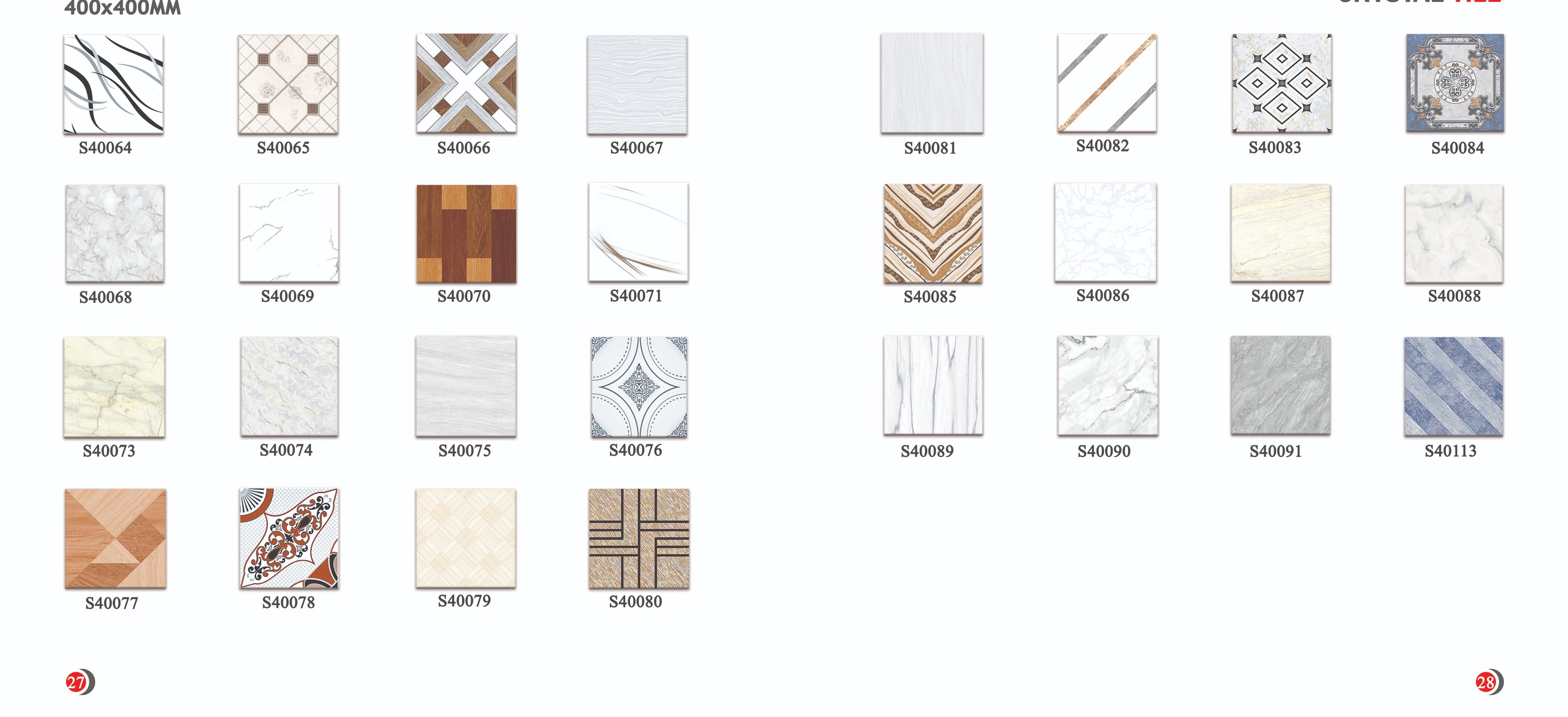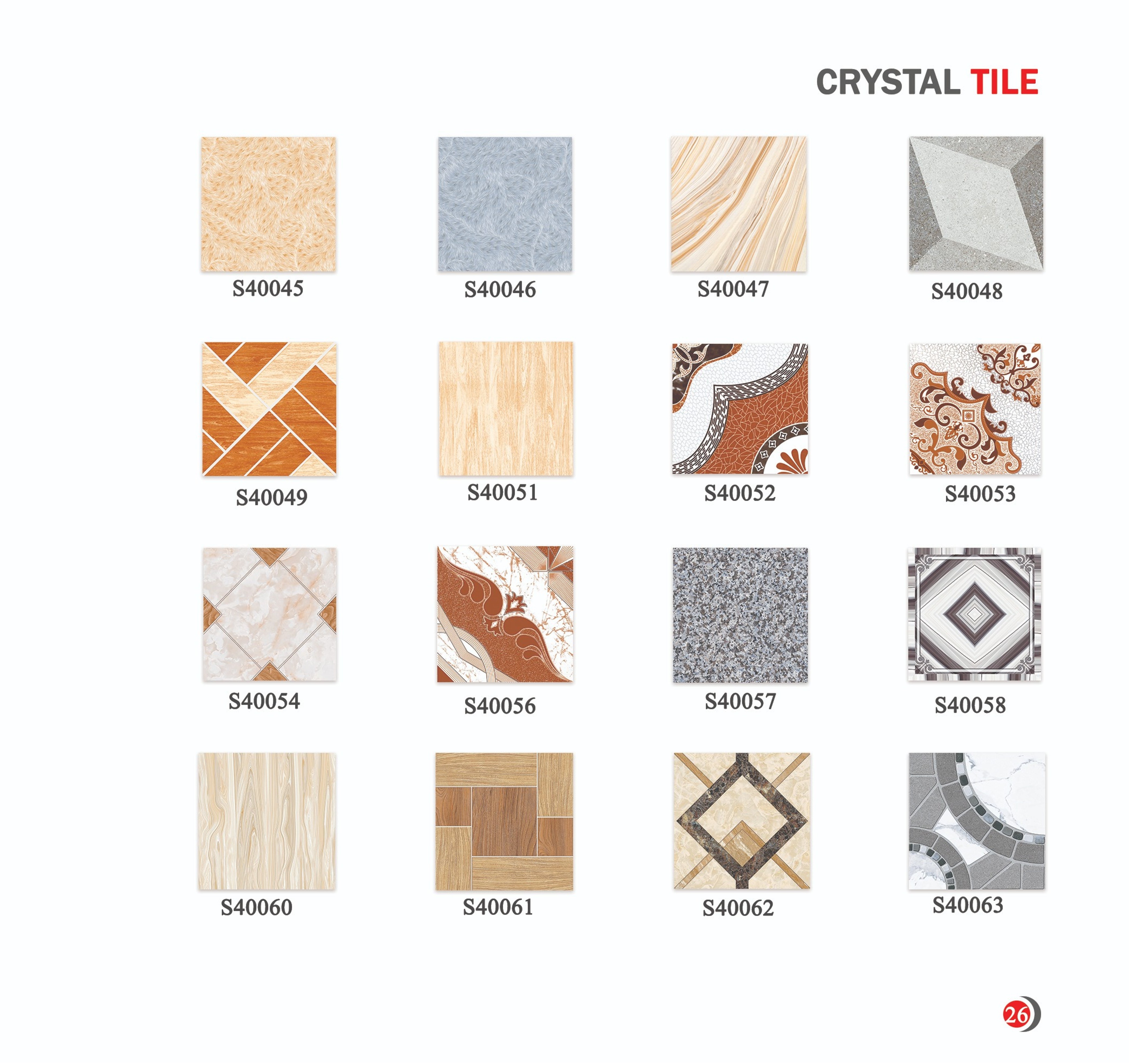Ceramic and porcelain tiles are popular choices due to their durability, water resistance, and ease of maintenance. They are manufactured through a process of heating and cooling clay or other materials to create a hardened surface. These tiles can mimic the look of natural materials like marble, granite, or wood.Vinyl tiles, on the other hand, are made from synthetic materials like PVC (polyvinyl chloride) and are available in a variety of designs, including wood and stone patterns. They are relatively inexpensive, easy to install, and resistant to moisture, making them suitable for areas prone to spills or high humidity.
Ceramic and porcelain tiles are popular choices due to their durability, water resistance, and ease of maintenance. They are manufactured through a process of heating and cooling clay or other materials to create a hardened surface. These tiles can mimic the look of natural materials like marble, granite, or wood.Vinyl tiles, on the other hand, are made from synthetic materials like PVC (polyvinyl chloride) and are available in a variety of designs, including wood and stone patterns. They are relatively inexpensive, easy to install, and resistant to moisture, making them suitable for areas prone to spills or high humidity.
Ceramic and porcelain tiles are popular choices due to their durability, water resistance, and ease of maintenance. They are manufactured through a process of heating and cooling clay or other materials to create a hardened surface. These tiles can mimic the look of natural materials like marble, granite, or wood.Vinyl tiles, on the other hand, are made from synthetic materials like PVC (polyvinyl chloride) and are available in a variety of designs, including wood and stone patterns. They are relatively inexpensive, easy to install, and resistant to moisture, making them suitable for areas prone to spills or high humidity.
Ceramic and porcelain tiles are popular choices due to their durability, water resistance, and ease of maintenance. They are manufactured through a process of heating and cooling clay or other materials to create a hardened surface. These tiles can mimic the look of natural materials like marble, granite, or wood.Vinyl tiles, on the other hand, are made from synthetic materials like PVC (polyvinyl chloride) and are available in a variety of designs, including wood and stone patterns. They are relatively inexpensive, easy to install, and resistant to moisture, making them suitable for areas prone to spills or high humidity.
Ceramic and porcelain tiles are popular choices due to their durability, water resistance, and ease of maintenance. They are manufactured through a process of heating and cooling clay or other materials to create a hardened surface. These tiles can mimic the look of natural materials like marble, granite, or wood.Vinyl tiles, on the other hand, are made from synthetic materials like PVC (polyvinyl chloride) and are available in a variety of designs, including wood and stone patterns. They are relatively inexpensive, easy to install, and resistant to moisture, making them suitable for areas prone to spills or high humidity.
Ceramic and porcelain tiles are popular choices due to their durability, water resistance, and ease of maintenance. They are manufactured through a process of heating and cooling clay or other materials to create a hardened surface. These tiles can mimic the look of natural materials like marble, granite, or wood.Vinyl tiles, on the other hand, are made from synthetic materials like PVC (polyvinyl chloride) and are available in a variety of designs, including wood and stone patterns. They are relatively inexpensive, easy to install, and resistant to moisture, making them suitable for areas prone to spills or high humidity.
Ceramic and porcelain tiles are popular choices due to their durability, water resistance, and ease of maintenance. They are manufactured through a process of heating and cooling clay or other materials to create a hardened surface. These tiles can mimic the look of natural materials like marble, granite, or wood.Vinyl tiles, on the other hand, are made from synthetic materials like PVC (polyvinyl chloride) and are available in a variety of designs, including wood and stone patterns. They are relatively inexpensive, easy to install, and resistant to moisture, making them suitable for areas prone to spills or high humidity.
Ceramic and porcelain tiles are popular choices due to their durability, water resistance, and ease of maintenance. They are manufactured through a process of heating and cooling clay or other materials to create a hardened surface. These tiles can mimic the look of natural materials like marble, granite, or wood.Vinyl tiles, on the other hand, are made from synthetic materials like PVC (polyvinyl chloride) and are available in a variety of designs, including wood and stone patterns. They are relatively inexpensive, easy to install, and resistant to moisture, making them suitable for areas prone to spills or high humidity.
Ceramic and porcelain tiles are popular choices due to their durability, water resistance, and ease of maintenance. They are manufactured through a process of heating and cooling clay or other materials to create a hardened surface. These tiles can mimic the look of natural materials like marble, granite, or wood.Vinyl tiles, on the other hand, are made from synthetic materials like PVC (polyvinyl chloride) and are available in a variety of designs, including wood and stone patterns. They are relatively inexpensive, easy to install, and resistant to moisture, making them suitable for areas prone to spills or high humidity.
Ceramic and porcelain tiles are popular choices due to their durability, water resistance, and ease of maintenance. They are manufactured through a process of heating and cooling clay or other materials to create a hardened surface. These tiles can mimic the look of natural materials like marble, granite, or wood.Vinyl tiles, on the other hand, are made from synthetic materials like PVC (polyvinyl chloride) and are available in a variety of designs, including wood and stone patterns. They are relatively inexpensive, easy to install, and resistant to moisture, making them suitable for areas prone to spills or high humidity.
Ceramic and porcelain tiles are popular choices due to their durability, water resistance, and ease of maintenance. They are manufactured through a process of heating and cooling clay or other materials to create a hardened surface. These tiles can mimic the look of natural materials like marble, granite, or wood.Vinyl tiles, on the other hand, are made from synthetic materials like PVC (polyvinyl chloride) and are available in a variety of designs, including wood and stone patterns. They are relatively inexpensive, easy to install, and resistant to moisture, making them suitable for areas prone to spills or high humidity.
Ceramic and porcelain tiles are popular choices due to their durability, water resistance, and ease of maintenance. They are manufactured through a process of heating and cooling clay or other materials to create a hardened surface. These tiles can mimic the look of natural materials like marble, granite, or wood.Vinyl tiles, on the other hand, are made from synthetic materials like PVC (polyvinyl chloride) and are available in a variety of designs, including wood and stone patterns. They are relatively inexpensive, easy to install, and resistant to moisture, making them suitable for areas prone to spills or high humidity.

